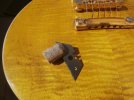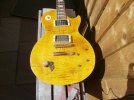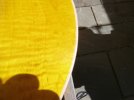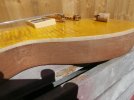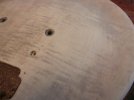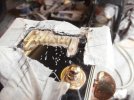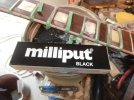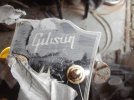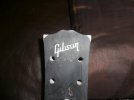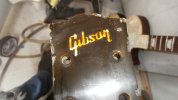BBN
Fractal Fanatic
Wow, had no idea. Almost makes me want to buy a studio and strip it!Hi @BBN thank you for the kind words.
The binding is simply the paint scraped off the maple top so is actually the maple. It is a common trick to do on a Studio when you refinish them.
I made a very simple tool to do this which I will take a photo of to share (probably tomorrow).

